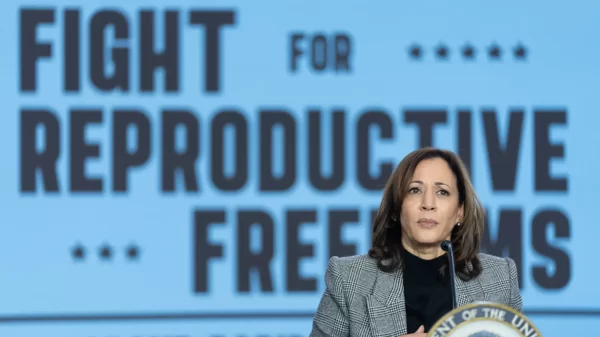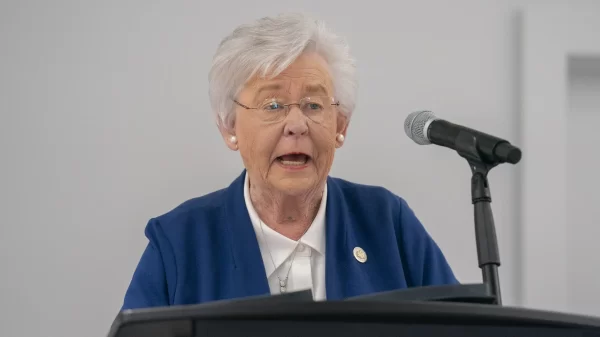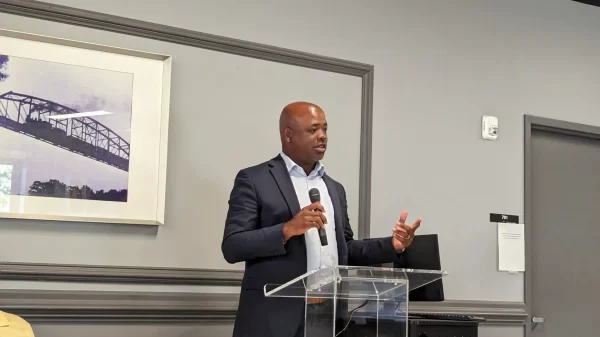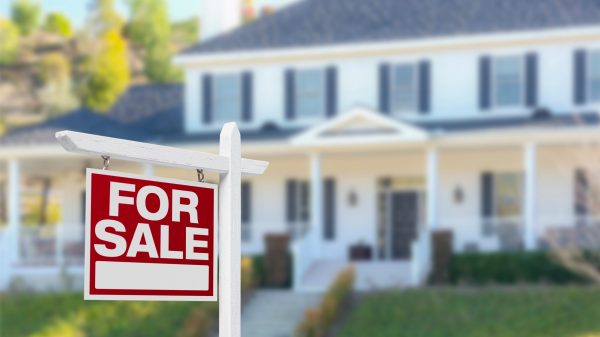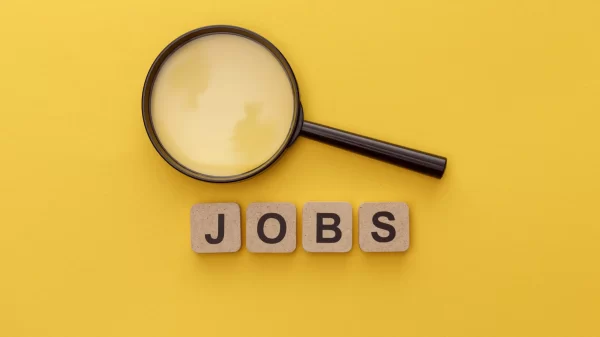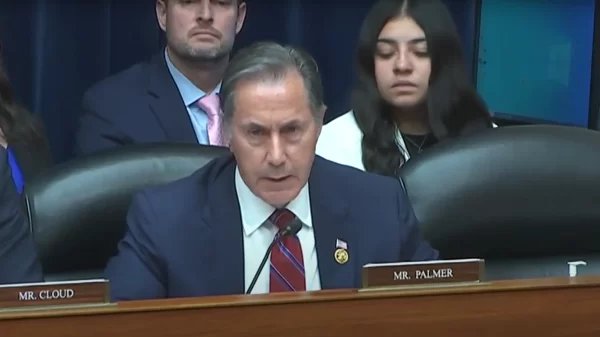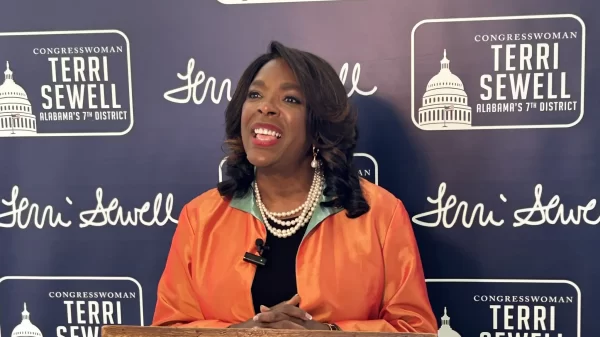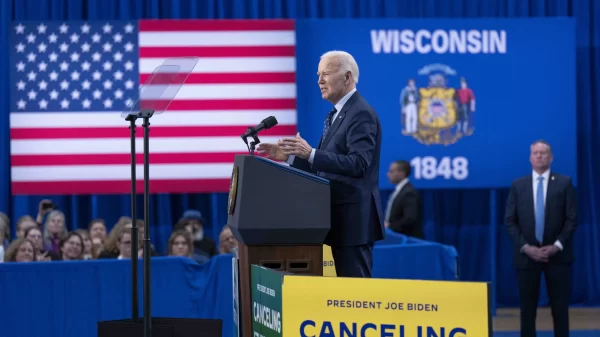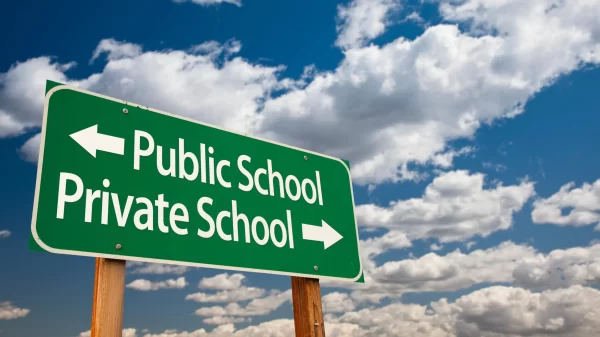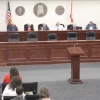|
Getting your Trinity Audio player ready...
|
The NFIB Small Business Optimism Index decreased by 0.9 of a point in March to 88.5, the lowest level since December 2012. This is the 27th consecutive month below the 50-year average of 98. The net percent of owners raising average selling prices rose seven points from February to a net 28 percent seasonally adjusted.
“Small business optimism has reached the lowest level since 2012 as owners continue to manage numerous economic headwinds,” said NFIB Chief Economist Bill Dunkelberg. “Inflation has once again been reported as the top business problem on Main Street and the labor market has only eased slightly.”
State-specific data is unavailable, but NFIB State Director Rosemary Elebash said, “Inflation makes it harder to run a small business by raising costs of raw materials, supplies, and wages and forcing owners to either absorb the added expenses or raise prices. Higher prices, in turn, make families cut back on non-essential goods and services.”
Key findings of the national survey include:
- The net percent of owners who expect real sales to be higher decreased eight points from February to a net negative 18 percent (seasonally adjusted).
- Twenty-five percent of owners reported that inflation was their single most important problem in operating their business (higher input and labor costs), up two points from February.
- Owners’ plans to fill open positions continue to slow, with a seasonally adjusted net 11 percent planning to create new jobs in the next three months, down one point from February and the lowest level since May 2020.
- Seasonally adjusted, a net 38 percent reported raising compensation, up three points from February’s lowest reading since May 2021.
As reported in NFIB’s monthly jobs report, 37 percent (seasonally adjusted) of all owners reported job openings they could not fill in the current period. A net 21 percent (seasonally adjusted) plan to raise compensation in the next three months, up two points from February. The percent of small business owners reporting labor quality as their top small business operating problem rose two points from February to 18 percent. Labor cost reported as the single most important problem for business owners decreased by one point to 10 percent, only three points below the highest reading of 13 percent reached in December 2021.
Fifty-six percent of owners reported capital outlays in the last six months, up two points from February. Of those making expenditures, 38 percent reported spending on new equipment, 24 percent acquired vehicles, and 17 percent improved or expanded facilities. Ten percent of owners spent money on new fixtures and furniture and 5 percent acquired new buildings or land for expansion. Twenty percent (seasonally adjusted) plan capital outlays in the next few months.
A net negative 10 percent of all owners (seasonally adjusted) reported higher nominal sales in the past three months, up three points from February. The net percent of owners expecting higher real sales volumes declined eight points to a net negative 18 percent (seasonally adjusted).
The net percent of owners reporting inventory gains fell six points to a net negative 7 percent. Not seasonally adjusted, 12 percent reported increases in stocks (down one point) and 22 percent reported reductions (unchanged). A net negative 5 percent (seasonally adjusted) of owners viewed current inventory stocks as “too low” in March, down one point from February. A net negative 7 percent (seasonally adjusted) of owners plan inventory investment in the coming months, unchanged from February.
The net percent of owners raising average selling prices rose seven points from February to a net 28 percent seasonally adjusted. Twenty-five percent of owners reported that inflation was their single most important problem in operating their business, up two points from last month.
Unadjusted, 13 percent reported lower average selling prices and 43 percent reported higher average prices. Price hikes were the most frequent in finance (61 percent higher, 10 percent lower), retail (54 percent higher, 6 percent lower), construction (51 percent higher, 4 percent lower), wholesale (50 percent higher, 17 percent lower), and transportation (44 percent higher, 0 percent lower). Seasonally adjusted, a net 33 percent plan price hikes in March.
The frequency of reports of positive profit trends was a net negative 29 percent (seasonally adjusted), up two points from February, but still a very poor reading. Among owners reporting lower profits, 29 percent blamed weaker sales, 17 percent blamed the rise in the cost of materials, 13 percent cited usual seasonal change, and 12 percent cited price change. For owners reporting higher profits, 53 percent credited sales volumes, 23 percent cited usual seasonal change, and 12 percent cited higher selling prices.
Two percent of owners reported that all their borrowing needs were not satisfied. Twenty-seven percent reported all credit needs met and 59 percent said they were not interested in a loan.
A net 8 percent reported their last loan was harder to get than in previous attempts. Four percent of owners reported that financing was their top business problem. A net 17 percent of owners reported paying a higher rate on their most recent loan, up one point from February.
The NFIB Research Center has collected Small Business Economic Trends data with quarterly surveys since the fourth quarter of 1973 and monthly surveys since 1986. Survey respondents are randomly drawn from NFIB’s membership. The report is released on the second Tuesday of each month. This survey was conducted in March 2024.


